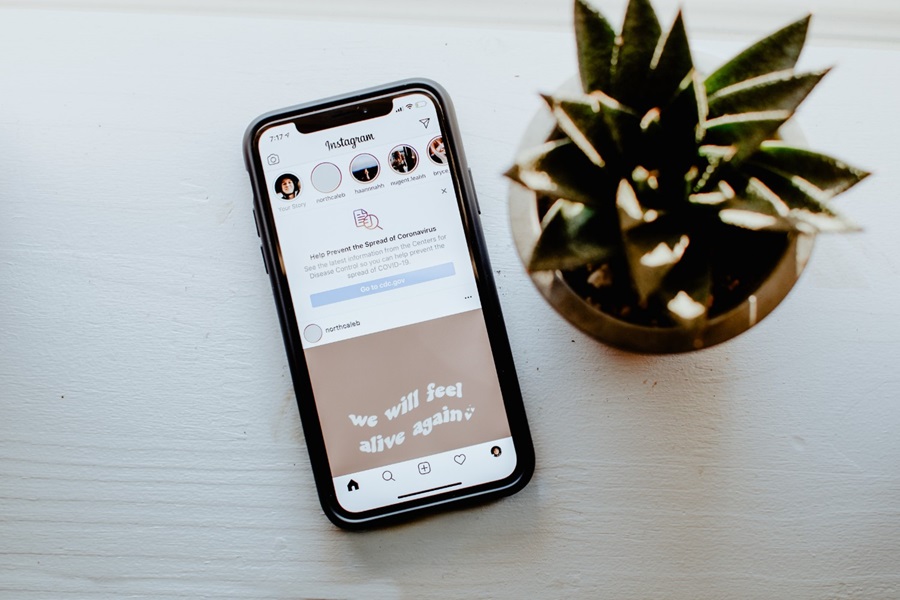That many brands have switched their approach to media communications as a result of the COVID-19 outbreak will be little surprise. But it is becoming clear that effectively engaging with your customers in the midst of the coronavirus crisis is a tightrope.
Brands are posting less often and to new themes
For one thing, brands have been putting fewer posts on social media as usual community management efforts may come across as insensitive in the current climate. We have observed that posting frequencies have declined for most brands.
The over-arching themes of these posts have also evolved towards more charitable topics such as corporate engagement with sustainability and community support, as businesses seek to prove their altruistic values at a time of great stress and uncertainty for many of their consumers.
Posts by brands about their COVID-19 response must ring true
For a business, showing you care can be great for consumer engagement, but it has to ring true. Some brands are getting challenged on social media around the way they are treating employees or dealing with supply chain issues in these difficult times.
By the same token, some brands have used mainstream media to broadcast messages either warning or reassuring consumers around the continuity of supply of their products.
In addition to leveraging social channels, brands are also favouring more personal communications and many of us have seen our inboxes filled with messages from companies we have previously registered with or bought from, explaining pragmatic steps they are taking to support their customers and their employees at this time.
Some social users have mocked brands with whom they feel they have little or no relationship for being opportunistic in sending such messages.
Crucial in getting the balance right is understanding what consumers are saying on social media about both your and other brands in your industry. Listening first is therefore the key here.
Hennessy: An example of a brand adapting to new circumstances
Famous brandy maker Hennessy represents a good example of a brand adapting the scale and content of its social media output to fit the prevailing situation. In January Hennessy put up 36 Twitter posts, but this has fallen to just four to date in March. The brand has also reduced its frequency of posting on Facebook and Instagram to one a week, when it was previously posting an average of 5 posts.
They have also made a conscious effort to re-orientate some of their content towards community support – for example invoking US rapper and entrepreneur Nas as a source of life inspiration to their followers.
In a more isolated world social media is an increasingly important means for consumers to express themselves
In addition, in this time of great behavioural change, we are also seeing whole new patterns of social media engagement emerging and the need to understand these is key. With isolation and stay-at-home policies put in place, social media is becoming an ever more important way for consumers to document their lives and communicate with the outside world.
Some of this communication will be private, with WhatsApp being an increasing go-to for communities, but this only makes social media conversations all the more important a resource in providing a window to understand these new behaviours as they evolve.
By listening to these social media conversations brands can help ensure that the message and tone of their own communications on social media (as well as through other channels) are on point. Incorporating into your strategy an understanding of what rings true and false from brands in your industry will help you to strengthen consumer relationships at a time when that relationship is more important than ever.

